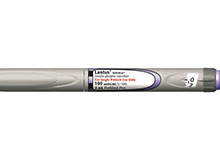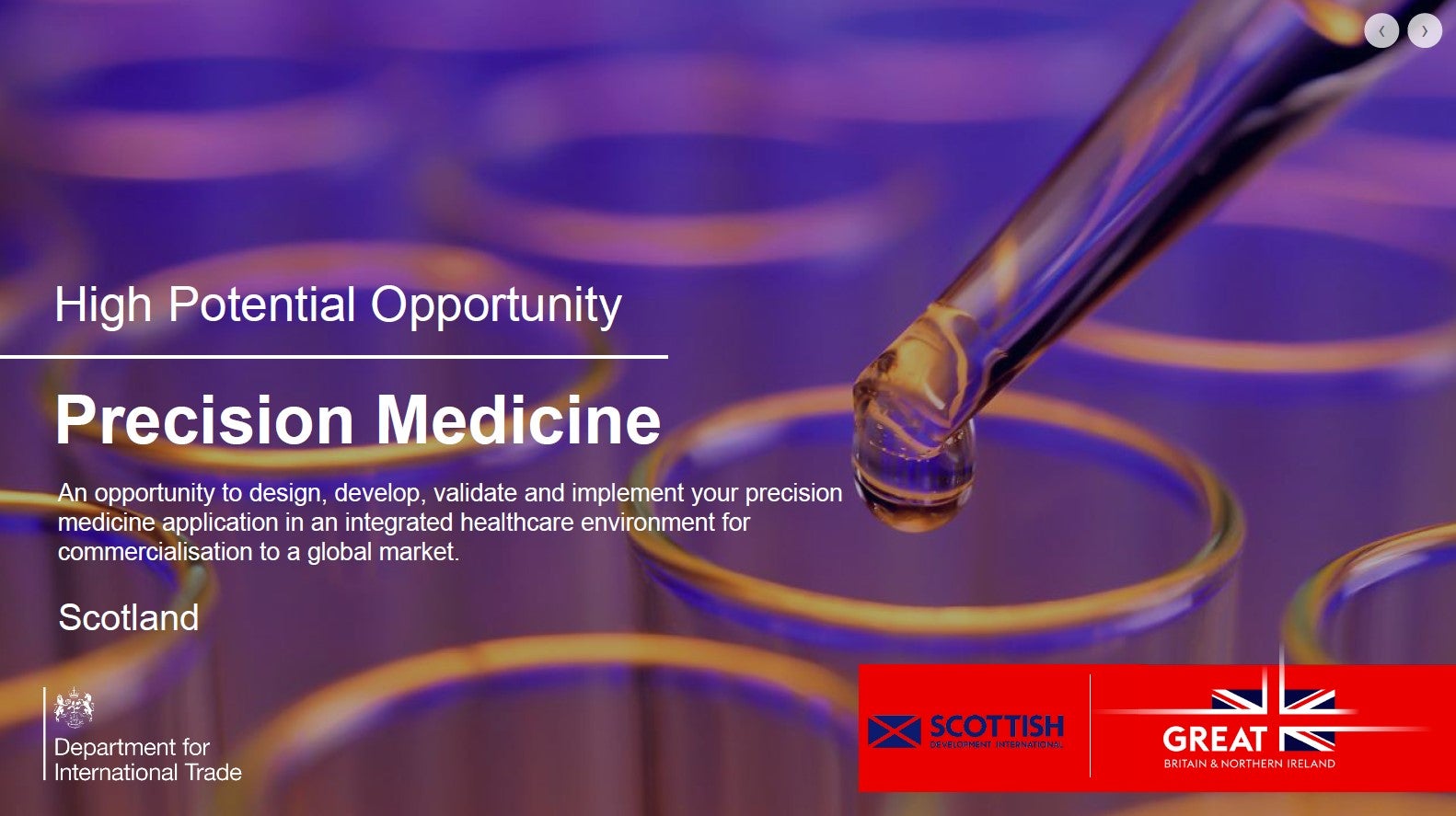
Top-Selling Diabetes Drugs Offering Relief and Management

Lantus (insulin glargine [rDNA origin] injection) – $6.98bn
Accounting for 17.2% of Sanofi-Aventis Group’s aggregate net sales in 2015, Lantus continues to be the world’s top selling insulin brand despite a decline of 10.8% in sales compared to 2014 which was caused by higher discounts and slowdown of basal insulin market in the US. The decline in US sales was partially offset by the strong performance in emerging markets, which contributed to 17.3% increase in sales, driven primarily by China.
Lantus (insulin glargine) is a long-acting recombinant human insulin analogue developed for the treatment of adult and paediatric Type 1 /Type 2 in diabetics that require basal insulin to control hyperglycaemia. The biosynthetic insulin, injected subcutaneously, mimics NPH human insulin and regulates the glucose metabolism in the body.
Lantus was approved by the US Food and Drug Administration (FDA) in April 2000. The European Commission (EC) granted marketing authorisation for Lantus, valid throughout the European Union (EU), in June the same year.
Januvia (Sitagliptin 25mg, 50mg, 100mg tablets) – $3.86bn
Januvia (sitagliptin), the major candidate in Merck’s diabetes portfolio, accounted for 64.3% of the company’s revenue from diabetes drugs in 2015. Sales in the US remained strong with the company registering an increase of 3% in sales year-over-year. The effect of unfavourable foreign exchange on the drug’s sales was offset by higher volumes and pricing in the US, as well as volume growth in emerging markets and Europe.
Developed by Merck Sharp & Dohme (MSD), a subsidiary of Merck, Januvia is an anti-hyperglycaemic drug approved for the treatment of Type 2 diabetes mellitus. It regulates blood sugar by increasing the active glucagon-like peptide (GPL-1) and glucose-dependent insulinotropic peptide (GIP) hormone levels.
Januvia (sitagliptin) was approved by the US FDA in October 2006, while European Union approval was received in April 2007.

NovoLog (insulin aspart [rDNA origin] injection) – $3.03bn
Sales of NovoLog registered a growth of 6.69%, driven by strong demand in the US where double-digit (10.84%) growth was recorded in 2015. The drug represented a major share (23.5%) in Novo Nordisk’s diabetes and obesity care portfolio, which earned $12.89bn revenue in 2015.
Novolog (insulin aspart [rDNA origin] injection) is a recombinant human insulin analogue developed by Novo Nordisk for the treatment of Type 1 diabetes in adults and children. NovoLog regulates glucose metabolism by binding to insulin receptors on muscle and fat, it lowers blood glucose levels and inhibits the output of glucose from liver.
NovoLog was approved by the US FDA in June 2000 and by the European Medicines Agency (EMA) as NovoRapid in 1999.
Humalog (insulin lispro protamine suspension and insulin lispro injection [rDNA origin]) – $2.84bn
Eli Lilly’s diabetes-treating drug Humalog registered a 2% growth in sales in 2015 owing to increased revenue in the US (9%), which was propelled by higher realised prices and increased volume. Unfavourable foreign exchange rates, however, affected sales outside the US by 8%. The expiry of Humalog’s US patent in 2013 has so far not impacted its sales.
Humalog (insulin lispro protamine suspension and insulin lispro injection [rDNAorigin]) is a short-acting insulin analogue lispro for the treatment of Type 1 and Type 2 diabetes in adults and children. Humalog regulates the glucose metabolism, inhibits hepatic glucose production and lowers blood glucose levels.
Humalog was approved by the US FDA in June 1996 and by the EMA in May 1996.

Levemir (insulin detemir (rDNA origin) injection) – $2.68bn
Novo Nordisk’s Levemir registered strong growth in 2015 with a 15% growth in sales, driven mainly by a strong demand in the US that led to a growth of 26.8% over 2014. Levemir is the second best-selling drug in the company’s diabetes portfolio after NovoLog.
Levemir (insulin detemir (rDNA origin) injection) is a long-acting insulin developed by Novo Nordisk for the treatment of Type 2 diabetes in adults and children. The drug, through its specific action, binds to insulin receptor to regulate the glucose metabolism and lower the blood sugar levels.
Levemir was approved by the US FDA in June 2005 and by the EMA in 2004.
Victoza (liraglutide (rDNA origin) injection) – $2.64bn
Victoza’s sales grew by 18% enabling its manufacturer Novo Nordisk to marginally improve its market share. The sales growth was spurred by high demand in North America, Europe, Japan and Korea. Victoza has emerged as the global leader in GLP-1 segment with a market share of 67% and has also led to a 9% increase in Novo Nordisk’s diabetes and obesity care product sales.
Victoza (liraglutide (rDNA origin) injection) is a non insulin medicine developed for the treatment Type 2 diabetes in adults. The GLP 1 analogue exerts glucose dependant stimulation of insulin secretion.
Victoza was approved in EU and Japan in 2009, while US FDA approval was received in January 2010.

Janumet (sitagliptin and metformin) – $2.15bn
Janumet, another important diabetes drug in Merck’s portfolio along with Januvia, recorded 3.86% growth in sales in 2015. Sales of the drug were impacted by an unfavourable foreign exchange rate but were partially offset by higher volumes and pricing in the US and volume growth in emerging markets and Europe.
Janumet (sitagliptin and metformin) is an oral prescription medicine approved for the treatment of Type 2 diabetes. Janumet contains a combination of sitagliptin and metformin, which control blood sugar levels and decrease the absorption of glucose in the intestines.
Janumet was approved by the US FDA in March 2007 and by the EMA in April 2008.
Humulin (insulin isophane and insulin regular injection) – $1.3bn
Sales of Humulin, an injectable human insulin from Eli Lilly, witnessed a 7% growth in sales in the US although overall sales dropped by 7%. Sales in the US benefited by higher realised prices and wholesaler buying patterns whereas those outside the US suffered a 21% fall principally as a result of a contract loss in Brazil and also unfavourable foreign exchange rates.
Humulin (insulin isophane and insulin regular injection), the world’s first human-health-care product created using recombinant DNA technology, is an intermediate-acting insulin developed by Eli Lilly for the treatment of diabetes mellitus in adults and children.
Humulin, which reduces blood glucose levels, received US FDA approval in October 1982.

Galvus (vildagliptin) – $1.14bn
Sales of Galvus, one of the two drugs in Novartis’ cardio-metabolic portfolio, fell by 7%. The drug accounts for 98.2% of the segmental revenues for Novartis.
Galvus (vildagliptin) is a new dipeptidyl peptidase-4 inhibitor developed for the treatment of Type 2 diabetes mellitus. It inhibits the inactivation of GPL-1and GIP and reduces blood sugar levels.
Galvus was approved by the US FDA in February 2007 and by the EMA in 2008.
Onglyza (saxagliptin) – $786m
Sales of AstraZeneca’s Type 2 diabetes drug Onglyza rose by 2% in 2015, driven primarily by sales growth in Europe (8%), the emerging markets (41%) and Canada (27%). Sales in the US market, however, dropped by 13% owing to growing competitive pressure and greater promotion of Farxiga, another type 2 diabetes drug from AstraZeneca.
Onglyza (saxagliptin) is an oral active inhibitor of the DPP4 enzyme for the treatment of Type 2 diabetes mellitus in adults. It inhibits the activity of DPP-4 enzyme and regulates blood sugar levels in the body.
The drug was approved by the EMA in June 2009 and by the US FDA a month later.




